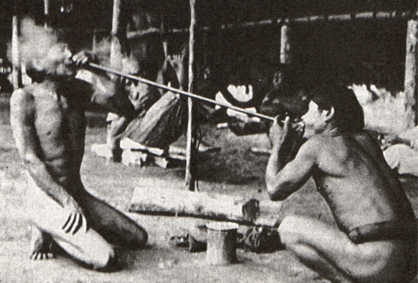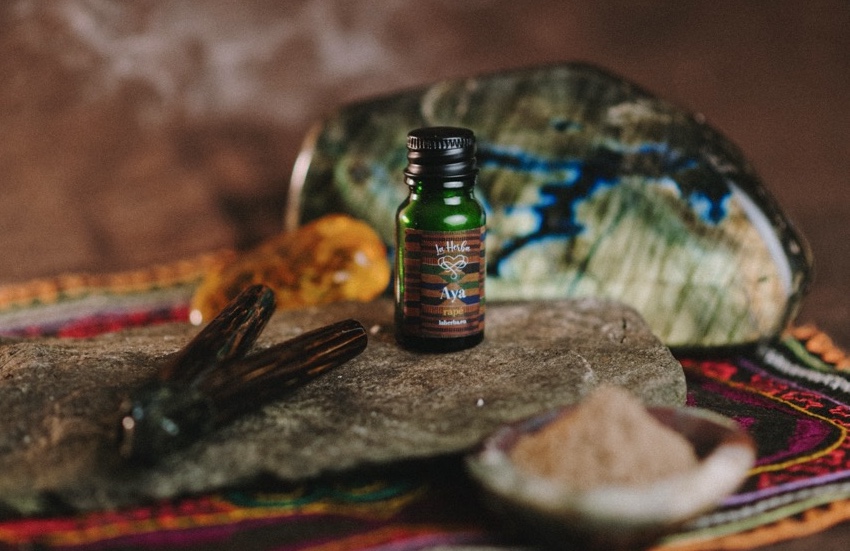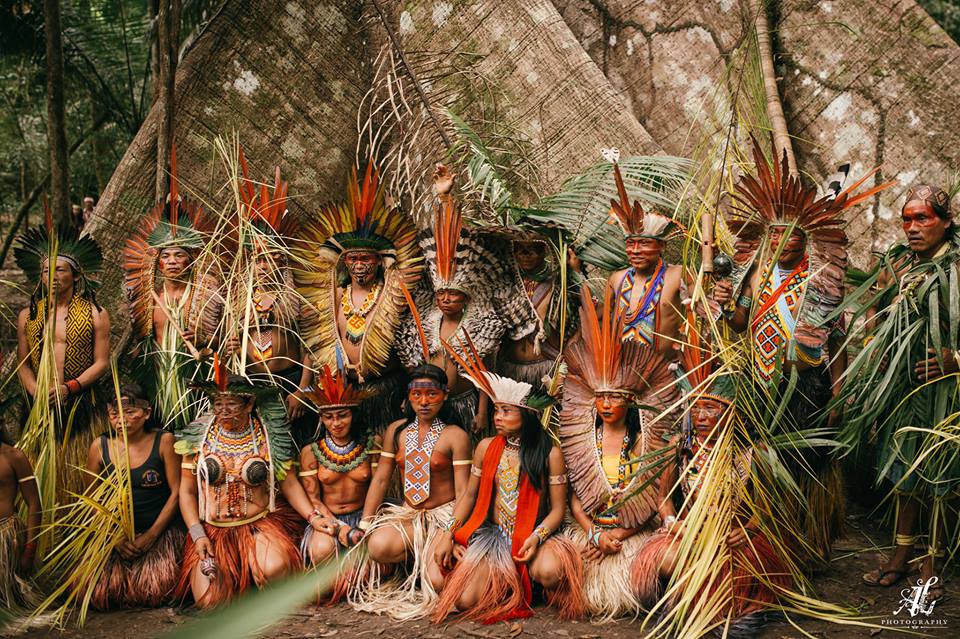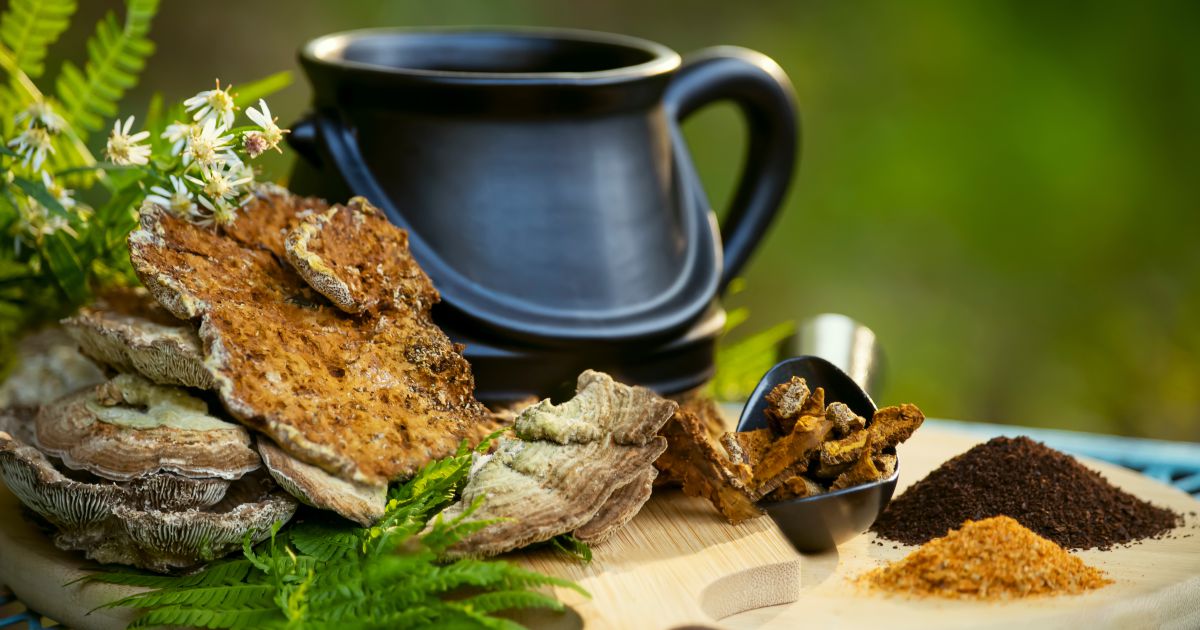
History of Rapé Hapé
The origins of Rapé date back to the mid-15th century. Although it had been used in the Amazon jungle for thousands of years, it began to become popular when King Philip II ordered his physician to bring tobacco seeds from America so that he could plant them in Spain.
After obtaining the tobacco seeds, he planted them in Toledo, where nasal inhalation began to become popular among the elite, being classified as a high luxury item. It also became popular in France because the French ambassador in Lisbon sent it to the wife of King Henry II of France to treat his son's migraines.
Another story about the origin of Rapé dates back to Christopher Columbus' second voyage through the Antilles, when tobacco seeds were collected by the monk Ramón Pané.
Popularization of Rapé
In the 18th and 19th centuries, it had already spread among the European aristocracy. Although the internet is often full of legends and it is difficult to give credence to everything, it was rumored that Napoleon traveled with a box containing Rapé. More info
Rapé gradually spread throughout high society in the 15th century. As it became popular among the aristocracy, it also reached the lower classes.

Today it is a product consumed all over the world, its main producer is Brazil, since most of the Rapé consumed in Europe comes from there, especially in Spain and England.
It is most often used as an extra dose of nicotine, which helps to immediately activate and helps to remove mucus from the respiratory system. Depending on the mixture of plants and herbs that Rapé contains, the effect and strength will vary, so the effects on inexperienced people, at least initially, can be quite strong and unpleasant.
This product is an insence and not ment for ingestion. We don't claim that this product has any healing properties. This natural product is offered for its ethnographic and historical value and is supplied without express or implied fitness for a particular purpose. All information provided is for educational, scientific, ethnographic and historical research purposes only. All products are sold as botanical samples only with no express or implied claims for a specific purpose or use. The use and use of this product is at the discretion, responsibility and risk of the customer.
So far no comment has been inserted.
The Kaxinawa Tribe (Huni Kuin)
The Kaxinawá (Huni Kuin) people are the original inhabitants of Brazil and Peru. Their cities lie along the Purus and Curanja rivers in Peru and the Tarauacá, Jordão, Breu, Muru, Envira, Humaitã an...
Embodiments of Master Saint Germain
In the 11th century BC, Saint Germain was embodied as the prophet Samuel. Saint Germain was embodied as Saint Joseph, the father of Jesus and the husband of Mary.
• In the late 3rd century, he ...
10 Possible Benefits of Hapé
1. Opening the 3rd eye and cleaning the pineal gland, which can harden as we age.
2. Helping you quickly enter a meditative state for inner peace and clarity.
3. Activating the prefrontal ...
Chaga Siberian, Chaga - the strongest natural antioxidant in the world
Content of the article
1. What is chaga? What does this miracle mushroom bring?
2. What is chaga used for?
3. For what problems is it appropriate to reach for chaga?
4. What spectrum of vitamins does...






